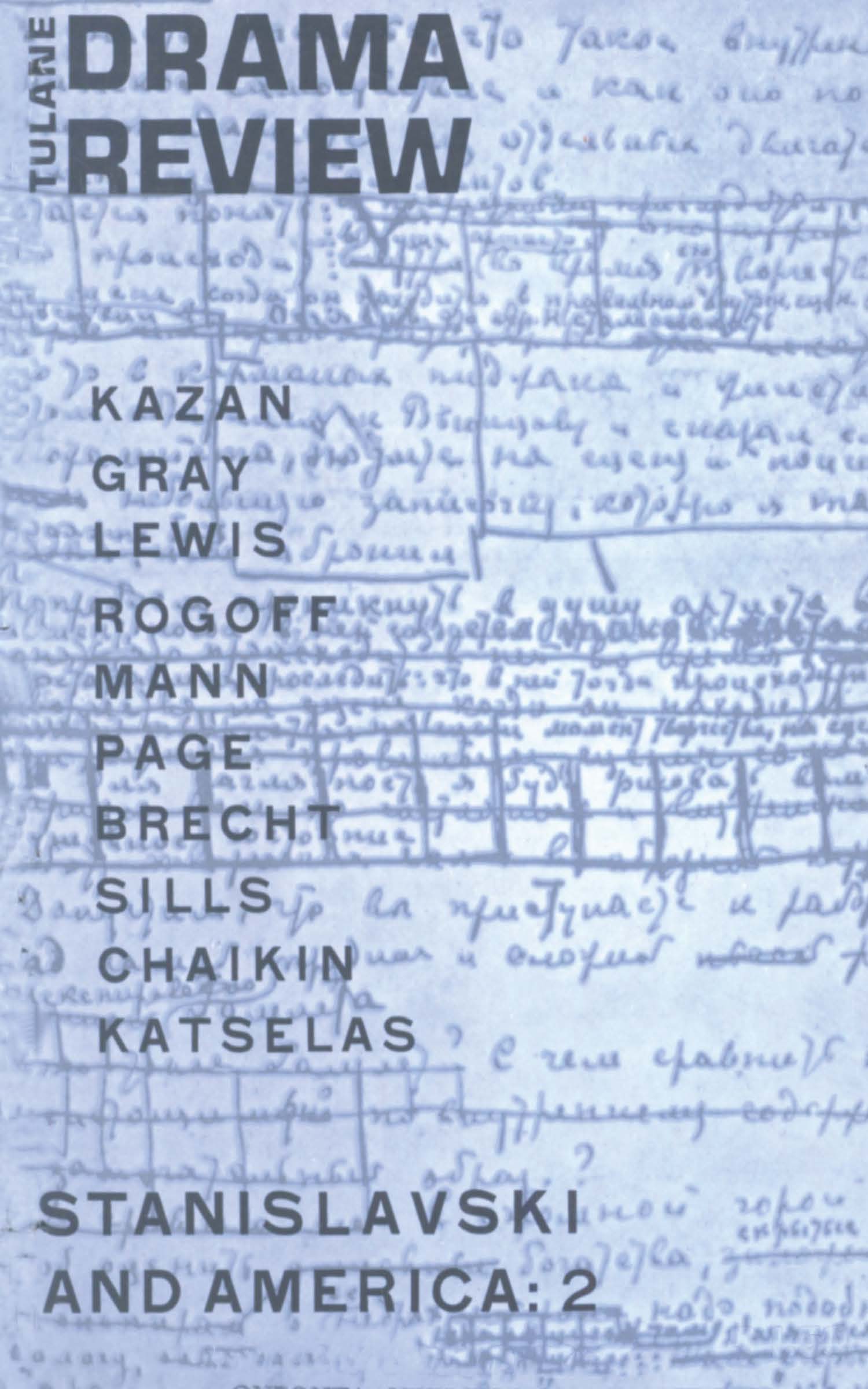No CrossRef data available.
Article contents
“Madame Bovary” in Book and Film
Published online by Cambridge University Press: 03 February 2022
Extract
In her “Note on the Film” in Feeling and Form, Susanne Langer suggests that “… the novel lends itself more readily to screen dramatization than the drama. The fact is, I think, that a story narrated does not require as much ‘breaking down’ to become screen apparition, because it has no framework itself of fixed space, as the stage has…” But Miss Langer overlooks an essential similarity betwen the drama and the novel which, in a basic way, sets both media apart from the cinema: both are fundamentally composed of verbal forms. Hamlet can be grasped by an audience in a reading from the lectern, the actors immaculate in evening clothes; Thomas Wolfe can affect us in our own silent reading or in Charles Laughton's recitation. Both have existences apart from stage space, apart from vision, even.
- Type
- Research Article
- Information
- Copyright
- Copyright © 1957 The Tulane Drama Review


